|
Did you know that, with just a little effort and the right plant choice, you can be part of helping our Western Monarch (scientific name Danaus plexippus plexippus) and other butterfly species survive and even flourish, after years of population declines? The Monarch is beloved because it’s big and showy (have you ever seen a eucalyptus grove full of monarch butterflies? If not, take a look at this video. The news on western Monarch populations has been bad for a while. “Monarch Butterflies Drop Stuns Scientists” was the SF Chronicle front-page headline on January 17, 2019. The story covers the results of the winter 2018 monarch count in 213 forested groves in California this last winter. The results are alarming: the count showed an 86% drop from a year ago, a 99.4% drop since the 1980s, and “...an all-time low for the Pacific Coast, where an estimated 10 million monarchs once blanketed trees from Marin County to the Baja California peninsula…”. Eastern Monarchs overwinter in Mexico and migrate north through the eastern United States. They had a much better year. The number of Monarchs that overwintered in Mexico was more than twice as large as the prior year. Something to celebrate, certainly, but the long-term trend is not as rosy. The total population is still only about ⅓ of what it was two decades ago. It's not just Monarchs that are threatened; many other butterfly species have seen steep population declines or even gone extinct in the recent past. Dr. Arthur Shapiro, Professor of Evolution and Ecology at UC Davis, is one of the world’s leading butterfly experts. He’s been monitoring butterfly populations in California since 1972. In this interview, he notes that what is happening to Monarchs is also happening to many species in our state, due to the “...large loss of habitat and habitat connectivity, and the [landscape] is increasingly becoming more butterfly-sterile.” Among the Lepidoptera species that have seen steep population declines in the past 10-20 years are the beautiful blue-and-black Pipevine Swallowtail (Battus philenor), the Callippe Silverspot (Speyeria callippe callippe), the Mission Blue (Icaricia icarioides missionensis), the San Bruno Elfin Blue (Incisalia mossii bayensis) and the Bay Checkerspot (Euphydryas editha bayensis). Battus philenor, for example, has nearly disappeared due to loss of habitat for Pipevine (Aristolochia species), its larval host plant. But there’s hope! Thanks at least in part to active efforts to create habitat corridors, Eastern Monarchs had a much better year in 2018 than Western populations. The number of Eastern Monarchs that overwintered in Mexico was more than twice as large as the prior year. The total population is still only about ⅓ of what it was two decades ago, but human actions have made a big difference in the sustainability of Eastern Monarchs over the last few decades. Here’s where you come in. Read on for actions you can take to help our Monarchs survive and maybe even rebound. The Xerces Society for Invertebrate Conservation, an international nonprofit organization that protects the natural world through the conservation of invertebrates and their habitats, tracks monarch populations. They offer a Western Monarch Call to Action plan to help the monarch population bounce back:
Visit their web site to read more about this plan and learn how you can get involved if you want to. There are some steps you can take in your own garden to help Monarchs survive:
If you do plant milkweed, be aware that not all milkweed is alike. Native California species such as Narrow-leaf and Showy Milkweed go dormant in the winter. This encourages the butterflies to migrate as they normally would. Tropical Milkweed does not go dormant, blooming through the winter. This can encourage Monarchs to stick around (hey, plenty of food here, why take that dangerous journey?) When Monarchs don’t migrate it can cause build up of a bacterium that weakens the developing insect as it transforms from caterpillar to butterfly. OE (Ophryocystis elektroscirrha) is a protozoan parasite that infects butterflies in the Danaus species group, those that host on milkweed. In the US, OE affects Monarch (Danaus plexippus), Queen (Danaus gilippus), and Soldier (Danaus eresimus) butterflies. When butterflies don’t migrate, OE within the population can become quite high. As a result many caterpillars are infected and the adult butterflies are weakened or even killed. To make a long story short: it’s preferable to plant native milkweeds. If you do plant tropical milkweed in your garden, be sure to cut it back in September. Keep it cut back until the spring, to encourage Monarchs to migrate south during the winter months.
To make a long story short: if you’re feeling blue about the environmental news that we’re bombarded with every day, there’s no better cure than to get into action to help make our own piece of the planet a little bit healthier. Monarchs, and all the other pollinators, need our help so they can continue to bring us fruits, vegetables, fibers, and a host of other plant-based products that bring pleasure, nutrition and healing to our lives. Milkweed resources: Find sources of milkweed How to grow milkweed
1 Comment
|
AuthorAndrea Hurd, founder of Mariposa Gardening & Design. Archives
June 2023
Categories
All
|
|
License #1038752
|
Mariposa Gardening & Design
Address: 2323 Broadway Oakland, CA 94612 Mailing Address: PO Box 24072 Oakland, CA 94623 info@mariposagardening.com |

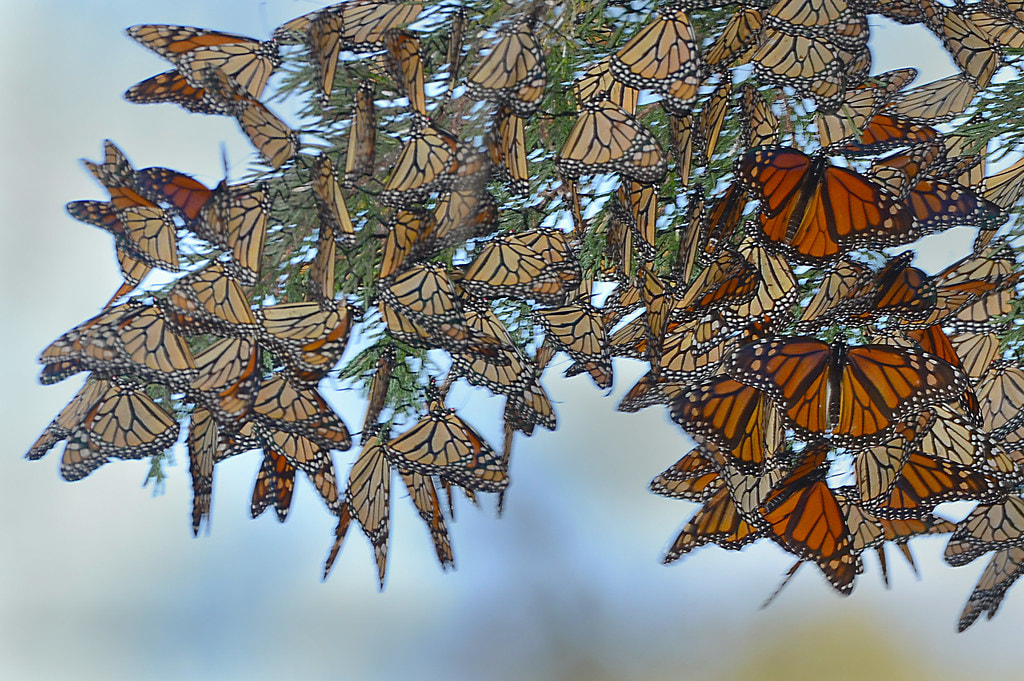
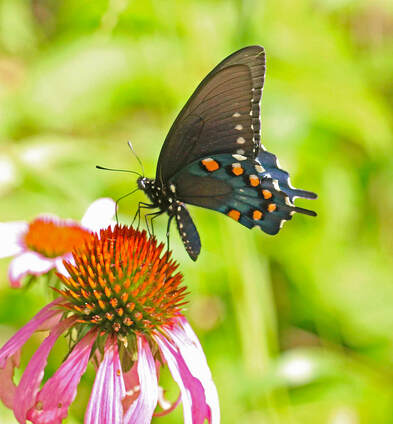
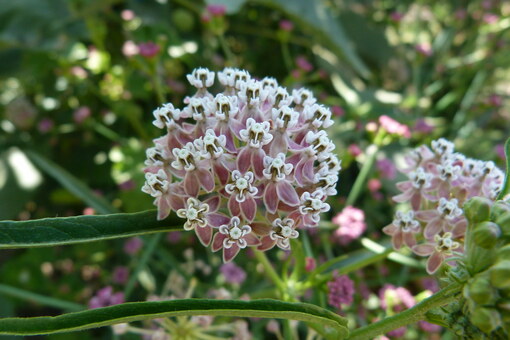
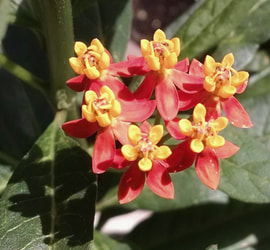
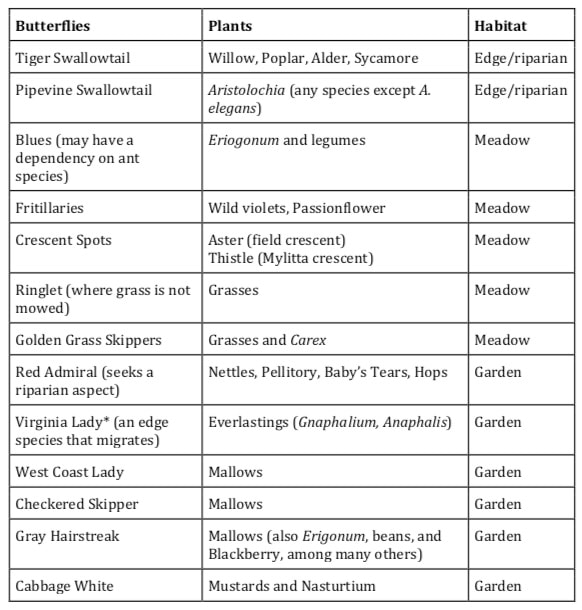
 RSS Feed
RSS Feed